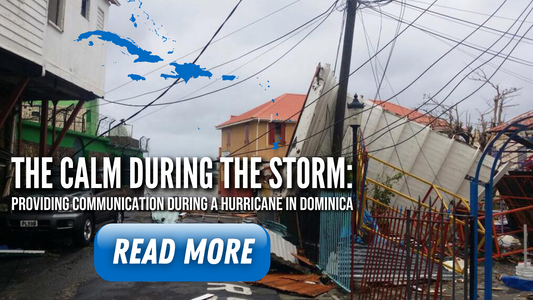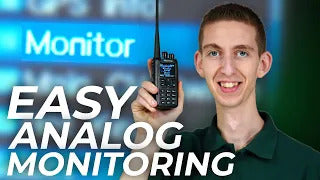BridgeCom Official Blog

The Calm During the Storm: Providing Communication During a Hurricane
Dominica - Caribbean IslandHere at BridgeCom we received a call from Franz, J69DS, on the island of Dominica. They had just endured a category 5 Hurricane and the aftermath was...
Read nowThe Calm During the Storm: Providing Communication During a Hurricane
Dominica - Caribbean IslandHere at BridgeCom we received a call from Franz, J69DS, on the island of Dominica. They had just endured a category 5 Hurricane and the aftermath was...
Read now
Unlock Priority Zones with a Custom Key!
Discover how to access your prioritized zones with ease in our upcoming video. We'll guide you through setting up a custom key that puts you in control, making your communication...
Read nowUnlock Priority Zones with a Custom Key!
Discover how to access your prioritized zones with ease in our upcoming video. We'll guide you through setting up a custom key that puts you in control, making your communication...
Read now
Supercharge Your Analog Monitoring with Custom Key Setup!
Ready to take your analog monitoring to the next level? Our video is your ticket to unleashing the full potential of custom key setup. Join us as we dive into...
Read nowSupercharge Your Analog Monitoring with Custom Key Setup!
Ready to take your analog monitoring to the next level? Our video is your ticket to unleashing the full potential of custom key setup. Join us as we dive into...
Read now
Mastering Keypad Control on Your AnyTone Radio!
Unleash the full potential of your AnyTone radio by mastering keypad control. Our video is your guide to effortlessly lock and unlock the keypad, providing you with ultimate control and...
Read nowMastering Keypad Control on Your AnyTone Radio!
Unleash the full potential of your AnyTone radio by mastering keypad control. Our video is your guide to effortlessly lock and unlock the keypad, providing you with ultimate control and...
Read now
Empower Your Digital Monitoring with Custom Buttons!
In the ever-evolving realm of digital monitoring, customization is your key to unlocking a seamless and efficient experience. Our video guide will unveil the secrets of setting up custom buttons,...
Read nowEmpower Your Digital Monitoring with Custom Buttons!
In the ever-evolving realm of digital monitoring, customization is your key to unlocking a seamless and efficient experience. Our video guide will unveil the secrets of setting up custom buttons,...
Read now
Unlock Private Conversations on Your AnyTone Radio!
Privacy and exclusivity are essential in the world of radio communication. In our upcoming video, we'll show you how to create a private talk group for you and your buddy...
Read nowUnlock Private Conversations on Your AnyTone Radio!
Privacy and exclusivity are essential in the world of radio communication. In our upcoming video, we'll show you how to create a private talk group for you and your buddy...
Read now





